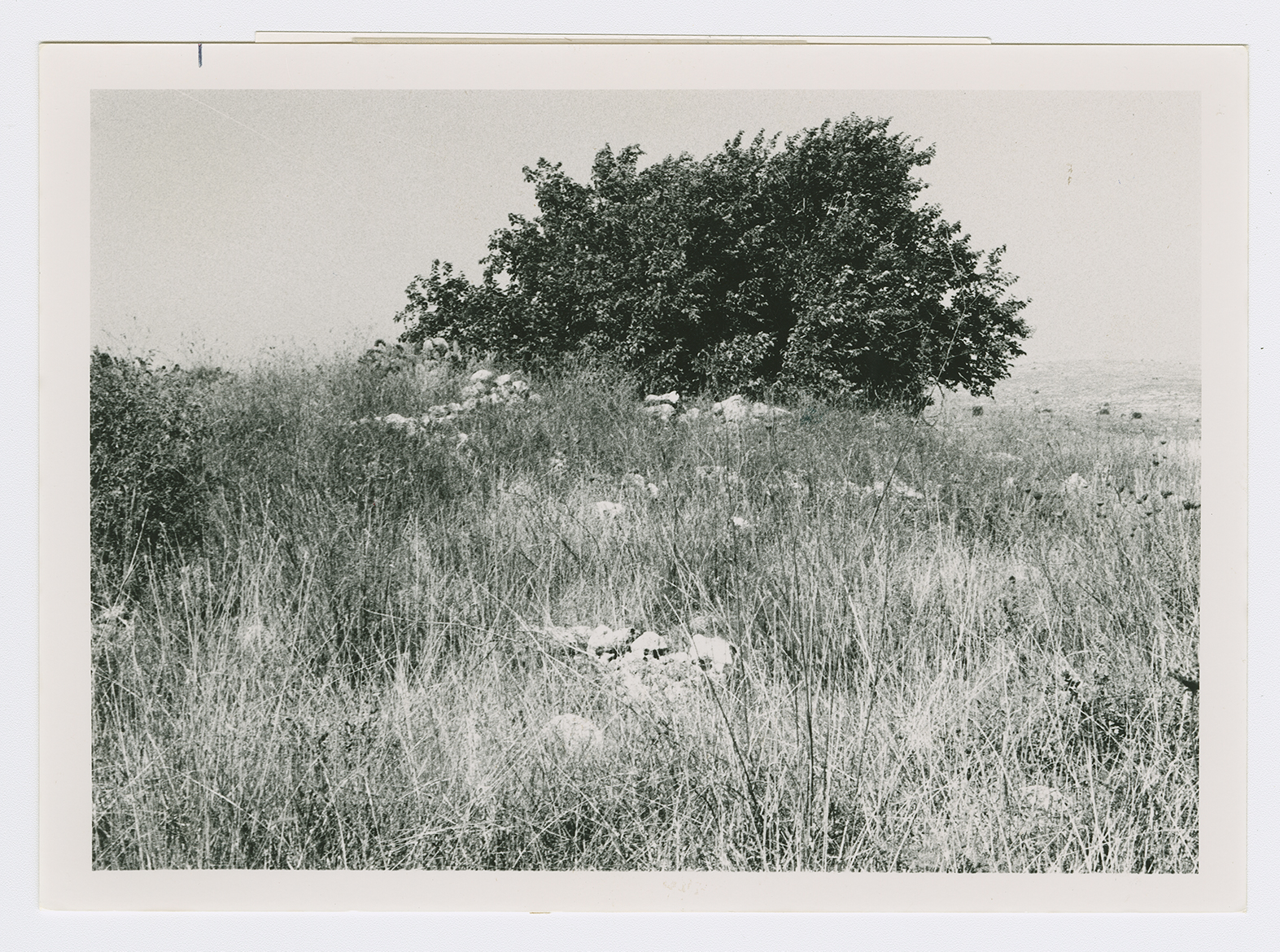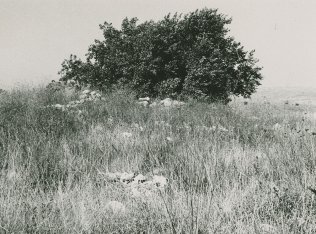| Year | Arab | Total |
|---|---|---|
| 1931 * | 406 | |
| 1944/45 | 210 | 210 |
| Year | Arab | Public | Total |
|---|---|---|---|
| 1944/45 | 3617 | 3617 |
| Use | Arab | Total | |||||||||
|---|---|---|---|---|---|---|---|---|---|---|---|
|
2708 | 2708 (75%) | |||||||||
|
909 | 909 (25%) |
The village, located on top of a high hill that was surrounded by lower hills, overlooked wide areas in all directions except the north. The hill sloped gradually towards the south, leading to a wadi that separated the village lands from those of the nearby village of Salbit. A secondary road linked it to the Jerusalem-Jaffa highway, to the southwest, and dirt paths led to several neighboring villages. In 1596 Bayt Shanna was a village in the nahiya of Ramla (liwa' of Gaza) with twenty-two inhabitants. It paid taxes on wheat, barley, fruit trees, and vineyards, as well as goats and beehives. In the late nineteenth century the site was not inhabited and only traces of ruins were observed there.
In modern times it was classified as a hamlet by the Palestine Index Gazetteer. It had a crescent-shaped layout and its houses were built close to one another, constructed of stone and adobe brick. The residents of Bayt Shanna were Muslim. Their agricultural lands were alternately flat and undulating and were mainly rainfed. The more rugged lands were used for grazing. The villagers cultivated grain, olives, grapes, figs, apples, almonds, and vegetables. In 1944/45 a total of 865 dunums was allocated to cereals; 44 dunums were irrigated or used for orchards. Ancient ruins on the site included two khirbas west and northeast of the village, which contained the foundations of a church and other buildings, cisterns, and rock-hewn presses.
There are no Israeli settlements on village lands. The village site is close to the lands of the destroyed village of Salbit (148141), where the settlement of Sha'alvim (148142) was built in 1951.
The stone rubble of the former houses covers the village site. Large mulberry, olive, and almond trees grow amid the rubble, most of which is covered by wild vegetation. The whole site is fenced in and appears to be used as a grazing area. On the hillside east of the village, a room made of masonry still stands. Fruit trees grow around it (see photos).

A general view of the site of Bayt Shanna with a house still standing in the southeast of the village site. View from the southeast.

The thorn-covered rubble of houses with a large mulberry tree in the background. View northeast from the center of the village site.

Thorns and cactus plants on the village site.


